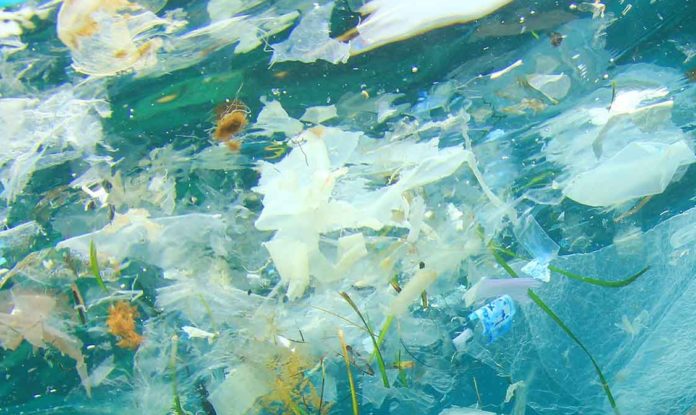New Delhi (NVI): The economic damage caused by plastic pollution to marine ecosystems is estimated to reach around USD 13 billion every year, according to a United Nations report.
Plastic accounts for 80 per cent of all ocean debris but only about 1 per cent of this waste floats in surface waters.
Moreover, scientists say that waxworms and other organisms are capable of breaking down plastic, which could provide as a solution to reduce plastic waste.
Waxworm is a larval form of the greater wax moth. Its gut can digest plastic, and researchers are trying to understand why and how this happens.
More than 50 species of plastivore – small organisms that consume plastic have been discovered, which are mostly bacteria and fungi but include some insects capable of turning plastic waste into energy.
“The waxworm and its gut bacteria must break down these long chains,” the study author, Christophe LeMoine said.
“And presumably, because plastics are similar in structure, they can also co-opt this machinery to use polyethylene plastics as a nutrient source,” he added.
If scientists can discover how eating plastic enhances waxworms’ gut bacteria, though, LeMoine says they may be able to design “the perfect plastic biodegradation system”.
Waxworms aren’t the only plastic-eaters. It’s been found that mealworms, can digest plastic too and still be nutritious food for other animals.
Mushroom corals are common in the shallow waters around the Maldives. The researchers have studied one species in an area in which they described the amount of plastic pollution as staggering.
Even more particles get stuck to the coral’s rough surface, helping to further sequester microplastics from the water.
The corals could pay a heavy price for this cleaning, with the researchers noting that both this ingestion and adhesion could have a negative impact and further threatening a species.
The researchers say this could help explain why despite millions of tonnes of plastic ending up in the ocean, microplastics measuring under 1mm are found in much lower concentrations than expected in surface waters.








